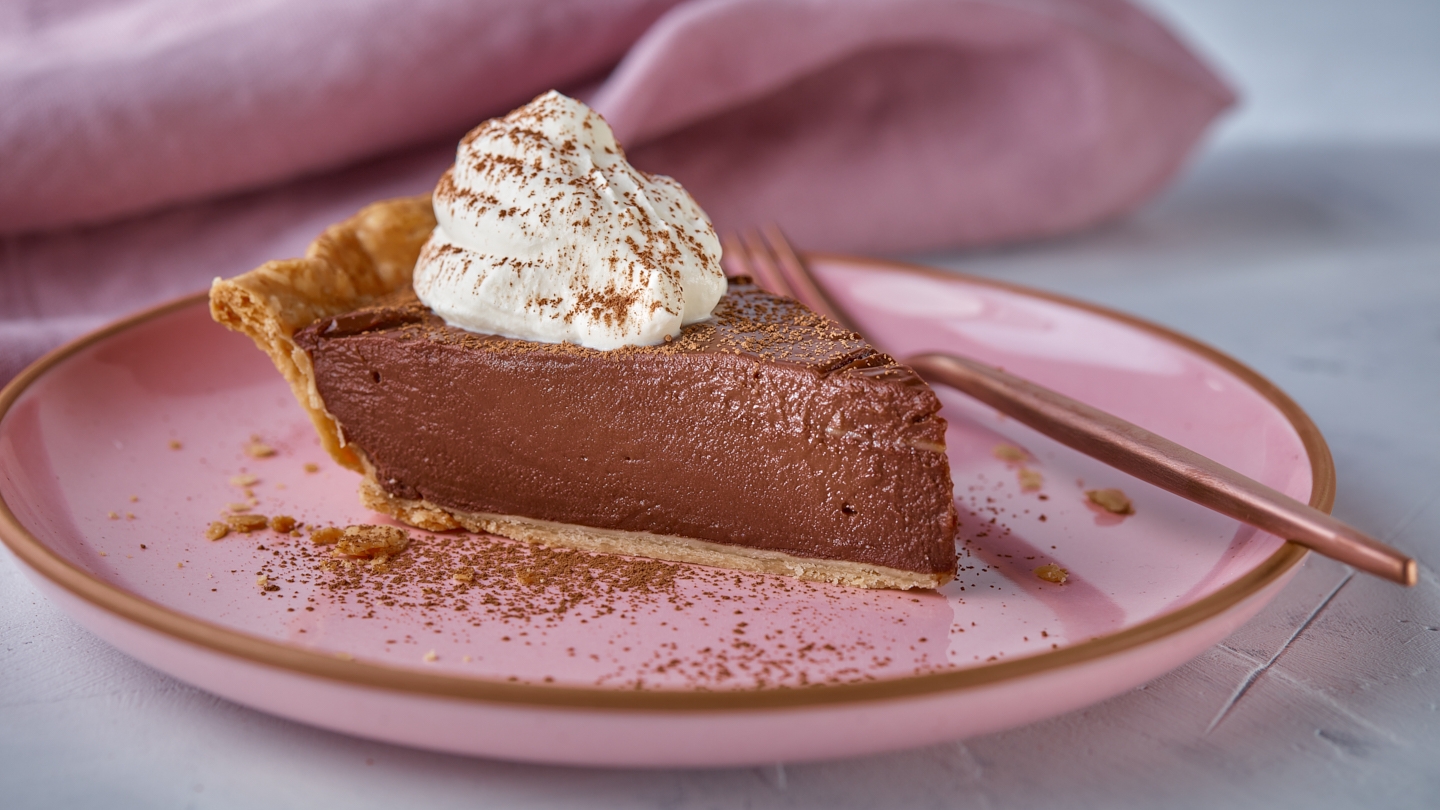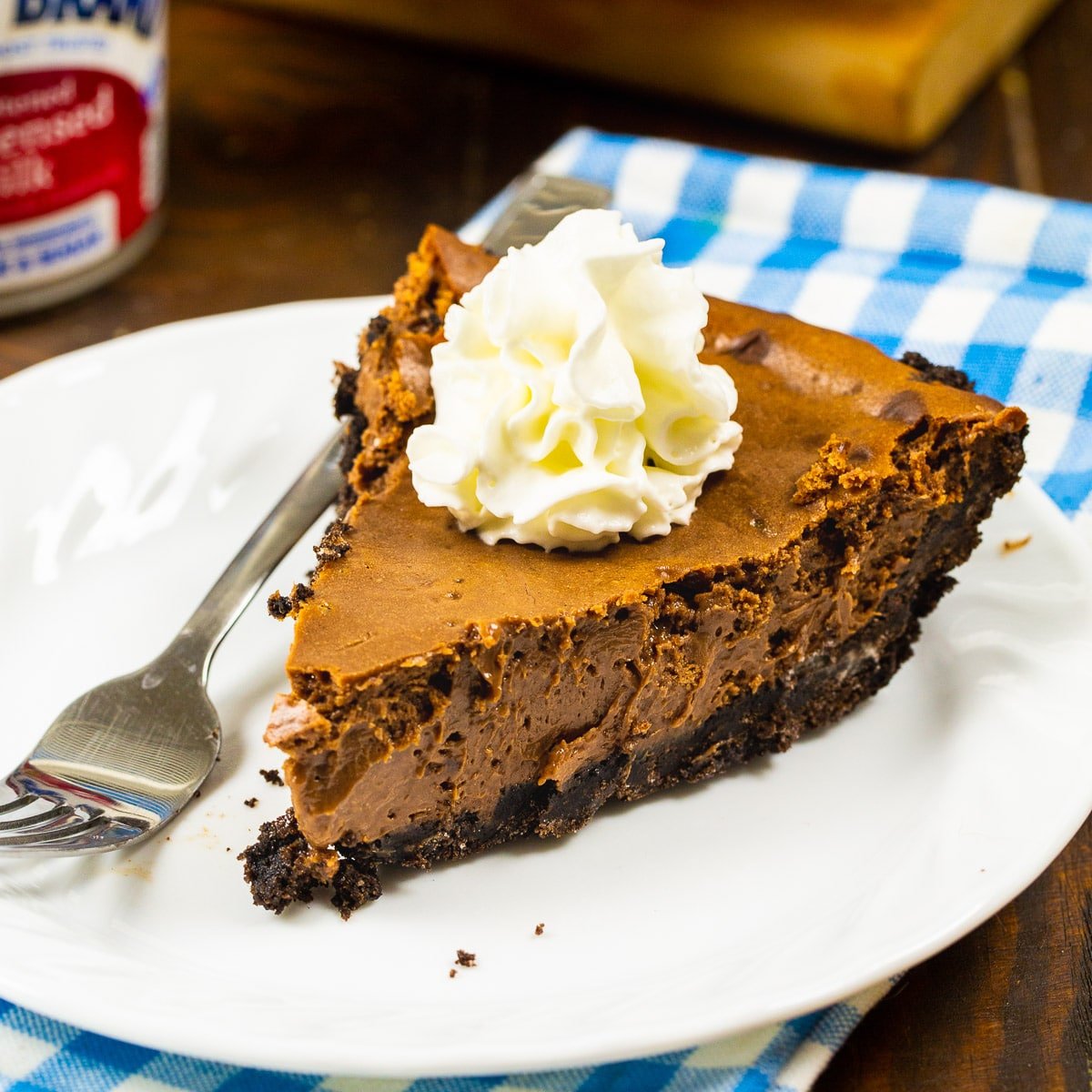The History and Origin of Milk Chocolate Pie
Milk chocolate pie, a delightful dessert with a rich history and a universal appeal, has its roots in the evolution of chocolate itself. Its origins can be traced back to ancient Mesoamerica, where the cacao bean was first cultivated and used to create a bitter beverage by the Olmecs and Mayans.
The arrival of chocolate in Europe in the 16th century, introduced by Spanish conquistadors, marked a turning point in its culinary journey. The bitter taste of the original chocolate beverage was gradually softened by the addition of sugar, spices, and milk, paving the way for the development of milk chocolate.
Early Development and Influences
The development of milk chocolate pie is closely intertwined with the evolution of pie-making traditions across different cultures. In the 18th century, pie-making became increasingly popular in Europe, particularly in England and France, where the use of pastry crusts and various fillings became widespread.
The introduction of milk chocolate in the 19th century, along with advancements in baking techniques, opened up new possibilities for incorporating chocolate into desserts.
The first documented mention of a milk chocolate pie recipe can be traced back to the late 19th century in an American cookbook. This recipe, likely influenced by European pie-making traditions and the growing popularity of milk chocolate, marked the beginning of a long and cherished history for this dessert.
Key Historical Figures and Events
While specific individuals associated with the creation of milk chocolate pie are difficult to pinpoint, several historical figures and events played significant roles in its development:
- The Swiss chocolatier Daniel Peteris credited with inventing milk chocolate in 1875, laying the foundation for its widespread use in desserts. His invention allowed for a smoother, more palatable chocolate that could be incorporated into various culinary creations, including pies.
- The development of commercial baking tools and techniques, such as standardized pie pans and electric ovens, made it easier for home bakers to create consistently delicious milk chocolate pies. These advancements significantly contributed to the popularity of this dessert in the 20th century.
- The rise of American home baking culture, fueled by cookbooks and television programs, further solidified the place of milk chocolate pie in American households.
Interesting Anecdotes and Trivia
The history of milk chocolate pie is filled with interesting anecdotes and trivia. For example:
- During the Victorian era, milk chocolate pie was considered a luxurious dessert, reserved for special occasions and enjoyed by the upper class.
- In the early 20th century, milk chocolate pie became a popular choice for school bake sales and church gatherings, reflecting its growing appeal across different social circles.
- The iconic milk chocolate pie recipe featured in the popular American sitcom “The Golden Girls” is said to be a favorite of many fans, showcasing the enduring popularity of this dessert.
Ingredients and Variations
Milk chocolate pie is a versatile dessert that can be adapted to suit different tastes and preferences. While the essential ingredients remain consistent, variations in flavor profiles and textures add depth and complexity to this classic treat.
Essential Ingredients

The foundation of a classic milk chocolate pie rests on a few essential ingredients:
- Milk chocolate:This is the star of the show, providing the rich, creamy flavor that defines the pie.
- Pie crust:A buttery, flaky crust provides the perfect base for the chocolate filling.
- Sweetened condensed milk:This ingredient adds sweetness and a smooth, velvety texture to the filling.
- Eggs:Eggs bind the filling together, ensuring a smooth and stable consistency.
- Butter:Butter adds richness and depth to the filling, enhancing the overall flavor profile.
Variations of Milk Chocolate Pie
While the classic milk chocolate pie is a beloved recipe, variations abound, offering a range of flavor profiles and textures to satisfy every palate. Here are some notable variations:
| Name | Key Ingredients | Notable Characteristics |
|---|---|---|
| Chocolate Pecan Pie | Milk chocolate, pecans, corn syrup, butter, eggs | The addition of pecans adds a nutty crunch and a hint of caramel flavor. |
| Chocolate Cream Pie | Milk chocolate, heavy cream, sugar, vanilla extract, eggs | This variation features a lighter, airier filling with a creamy texture. |
| Chocolate Peanut Butter Pie | Milk chocolate, peanut butter, sugar, eggs, butter | The combination of chocolate and peanut butter creates a classic and satisfying flavor pairing. |
| Chocolate Mint Pie | Milk chocolate, mint extract, sugar, eggs, butter | This refreshing variation incorporates the coolness of mint, offering a delightful contrast to the richness of chocolate. |
Baking Techniques and Methods
Baking a milk chocolate pie requires a combination of precision and creativity. The process involves preparing the crust, creating the filling, and baking the pie to perfection.
Crust Preparation
The crust is the foundation of a milk chocolate pie, providing a crisp and flavorful base for the filling. The most common crust is a classic pie crust made from flour, butter, and water. The crust can be made from scratch or purchased pre-made.
To ensure a perfectly baked crust, blind baking is often recommended. This involves pre-baking the crust before adding the filling, preventing it from becoming soggy.
Filling Creation
The milk chocolate filling is the heart and soul of the pie. The process involves melting milk chocolate with butter and sweetened condensed milk, creating a smooth and rich base. Eggs are then incorporated to bind the filling and provide structure.
Vanilla extract is often added for a touch of warmth and depth.
Baking Steps
Baking a milk chocolate pie is a relatively straightforward process. Here’s a step-by-step guide:
- Prepare the crust:Blind bake the crust according to the recipe instructions.
- Make the filling:Melt the milk chocolate, butter, and sweetened condensed milk together over low heat, stirring constantly until smooth. Beat in the eggs one at a time, followed by the vanilla extract.
- Assemble the pie:Pour the filling into the pre-baked crust, ensuring it is evenly distributed.
- Bake the pie:Bake the pie in a preheated oven according to the recipe instructions. The filling should be set but slightly jiggly in the center.
- Cool and serve:Allow the pie to cool completely before serving.
Flavor Pairings and Combinations
Milk chocolate pie is a canvas for culinary creativity, offering endless possibilities for flavor pairings and combinations. The rich, creamy base of the pie complements a wide range of ingredients, from fresh fruits to aromatic spices.
Complementary Ingredients
Some popular ingredients that pair well with milk chocolate pie include:
- Fruits:Berries, cherries, and citrus fruits add a burst of freshness and acidity to the richness of the chocolate.
- Nuts:Pecans, almonds, and walnuts provide a nutty crunch and a hint of caramel flavor.
- Spices:Cinnamon, nutmeg, and ginger add warmth and complexity to the flavor profile.
Popular Combinations
Here are some examples of popular flavor pairings for milk chocolate pie:
- Chocolate Raspberry Pie:The tartness of raspberries balances the sweetness of the chocolate, creating a harmonious flavor combination.
- Chocolate Pecan Pie:The nutty crunch of pecans complements the rich chocolate filling, offering a satisfying textural contrast.
- Chocolate Cherry Pie:The sweet and tart flavor of cherries adds a touch of sophistication to the classic milk chocolate pie.
| Flavor Pairing | Taste Profile | Texture |
|---|---|---|
| Chocolate Raspberry | Sweet and tart, with a hint of floral notes. | Smooth and creamy, with a slightly tart bite from the raspberries. |
| Chocolate Pecan | Rich and nutty, with a hint of caramel. | Smooth and creamy, with a crunchy texture from the pecans. |
| Chocolate Cherry | Sweet and tart, with a touch of bitterness. | Smooth and creamy, with a slightly chewy texture from the cherries. |
Serving and Presentation
Milk chocolate pie is a dessert that deserves to be presented beautifully, showcasing its rich flavors and textures. The appropriate serving temperature and creative presentation ideas enhance the overall dining experience.
Serving Temperature
Milk chocolate pie is best served chilled, allowing the flavors to fully develop and the filling to solidify. The ideal serving temperature is between 35°F and 40°F (2°C and 4°C). To achieve this temperature, refrigerate the pie for at least 2 hours before serving.
Presentation Ideas
To elevate the presentation of your milk chocolate pie, consider these creative ideas:
- Garnishes:Fresh berries, chocolate shavings, whipped cream, and a sprinkle of powdered sugar add a touch of elegance.
- Toppings:A drizzle of chocolate sauce, a dollop of caramel, or a sprinkle of chopped nuts enhance the flavor and texture.
- Accompanying Elements:Serve the pie with a scoop of vanilla ice cream or a cup of coffee for a complete dessert experience.
Serving Styles
Milk chocolate pie can be served in various ways, depending on the occasion and personal preference. Here are a few ideas:
- Individual Slices:Cut the pie into neat slices and serve on individual plates, garnished with your favorite toppings.
- Family Style:Place the entire pie on a serving platter and allow guests to slice and serve themselves.
- Dessert Buffet:Include the milk chocolate pie as part of a dessert buffet, alongside other sweet treats and beverages.
Cultural Significance and Popular Consumption
Milk chocolate pie has a special place in culinary traditions and popular culture across the globe. Its rich history, diverse variations, and universal appeal have made it a beloved dessert in many regions and countries.
Cultural Significance
In the United States, milk chocolate pie is often associated with home baking and family gatherings, representing a sense of comfort and tradition. It is a staple dessert at holiday celebrations, potlucks, and family dinners, bringing people together over a shared love for this classic treat.
In other parts of the world, milk chocolate pie may hold different cultural significance. In the United Kingdom, for example, it is often enjoyed as a traditional afternoon tea dessert, while in Australia, it is a popular choice for picnics and barbecues.
Popular Consumption

Milk chocolate pie continues to be a popular dessert in contemporary society, enjoyed in bakeries, restaurants, and home kitchens. It is available in various forms, from classic recipes to innovative variations that incorporate unique flavors and textures. The popularity of milk chocolate pie reflects its enduring appeal and its ability to satisfy a wide range of palates.